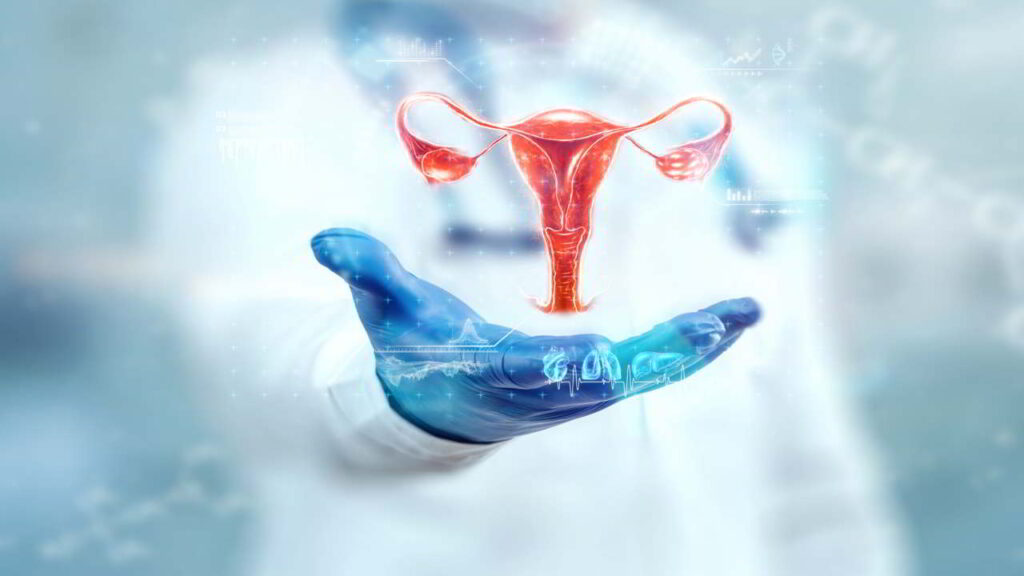Uro Gynecology
Urogynecology is a subspecialty of gynaecology and obstetrics that focuses on female pelvic healthcare and multiple surgeries and infertility treatment. Urogynecologists are medical professionals that specialize in the diagnosis and treatment of pelvic floor disorders such as weak bladders and pelvic organ prolapse. Located under the belly button, the pelvic floor is home to your bladder, reproductive organs, and rectum.
Urogynecology a specialized field of gynecology and obstetrics that deals with female pelvic medicine and reconstructive surgery. Urogynecologists are doctors who diagnose and treat pelvic floor conditions such as weak bladder or pelvic organ prolapse (your organs drop because the muscles are weak).
The pelvic floor is the area of the body that houses your bladder, reproductive system, and rectum.

Problems That A Uro Gynecologist Treat
With therapy, urogynecology issues such as incontinence or discomfort during sex may be considerably alleviated or removed. You and your healthcare staff will work together to find the best therapy or mixture of treatments to help you go back to enjoying your life to the fullest.
Non-Surgical Treatments
- Injections for urinary incontinence and leakage. It is possible to use bulking agents to alleviate stress incontinence. Using Botulinum toxin injections, a hyperactive bladder or urge incontinence may be treated. With a local anesthetic, doctors are able to conduct both operations on an outpatient or in-office basis.
- Medications. Some incontinence issues and other disorders may be treated with medication.
- For prolapse, a vaginal pessary is used. These are soft, detachable aids for prolapsed regions. In the course of an office visit, these may be inserted.
- Pelvic floor muscle strengthening. Kegel exercises, which are also known as prolapse exercises, may help alleviate some of the symptoms of the condition. The pelvic muscles are flexed and relaxed in these exercises. Although they may help alleviate some of the symptoms, they are unable to repair more severe prolapse.
- Stimulation of the nervous system. Overactive bladder may be treated with acupuncture-like nerve stimulation.
Treatment Utilizing Surgery
Operations for Prolapse
In these procedures, the prolapse is repaired, and the pelvic floor is strengthened. Prolapsed organs have a wide range of treatment options. Among the possibilities are
- Assembling a new vagina
- Rectal or small intestinal support
- the sphincter’s support
- Surgery to remove the uterus
- a procedure to restore control of one’s bladder
Surgery For Incontinence
- To cure incontinence caused by bladder pressure, surgery may be a practical option.
- Procedures for slings. The urethra is supported by perhaps your muscle or a hammock.
- A pacemaker for the bladder. Overactive bladder and urinary incontinence may be treated with an implanted device.
Prolapse
One or more pelvic organs may prolapse into the vagina, resulting in a condition known as pelvic organ prolapse. The womb (uterus), the colon, the bladder, or the vaginal apex might all be suspect. If you’re experiencing agony and suffering due to an incontinence prolapse, don’t panic. Pelvic floor muscles and lifestyle adjustments are typically enough to alleviate symptoms, but medical intervention is required in some instances.
Urinary Incontinence
Many people suffer from urinary incontinence – the inability to regulate their urine. The severity level may vary from the occasional leakage of pee when you sneeze or cough to the sudden and violent need to urinate that you miss the toilet. Urinary incontinence is increasingly common as individuals age, although it is not an inevitable conclusion. Consult your doctor if urine incontinence is interfering with your everyday activities. Urinary incontinence symptoms may usually be managed with easy nutrition and exercise adjustments or by seeking medical attention.
Pelvic Reconstruction
When the pelvic floor tissues are damaged or destroyed, which is common after delivery, the prolapse of the pelvic organs is known as pelvic organ prolapse. Repeated hard lifting, prolonged illness, or surgery may also be to blame. Pelvic reconstruction is a procedure to repair the prolapse with different procedures.
Cystoscopy
There are several ways in which your doctor may check the bladder lining as well as the tube that conducts urine from your body using cystoscopy (cis-TOS-Kuh-pee) (urethra). A thin, hollow tube (cystoscope) with a lens is placed into the urethra to examine your bladder.
Surgery
The urogynecologist could suggest surgery as well. These include:
- Vaginal wall repair
- Bladder installations
- Uterus removal
- Bladder control surgery
Results
There are many diagnostic and therapeutic options, whose use should be based on the degree of the patient’s suffering and on her motivation to be treated. Anticholinergic drugs are of established value in the treatment of overactive bladder. They are used in combination with possible lifestyle changes and bladder training. In some circum-stances, botulinum toxin injections can be considered as well. Stress incontinence should be treated conservatively (with pelvic floor training) before any surgical treatment is provided. The new tension-free vaginal tapes are just as effective as classic treatments, such as colposuspension, while being less invasive and enabling a more rapid recovery.
